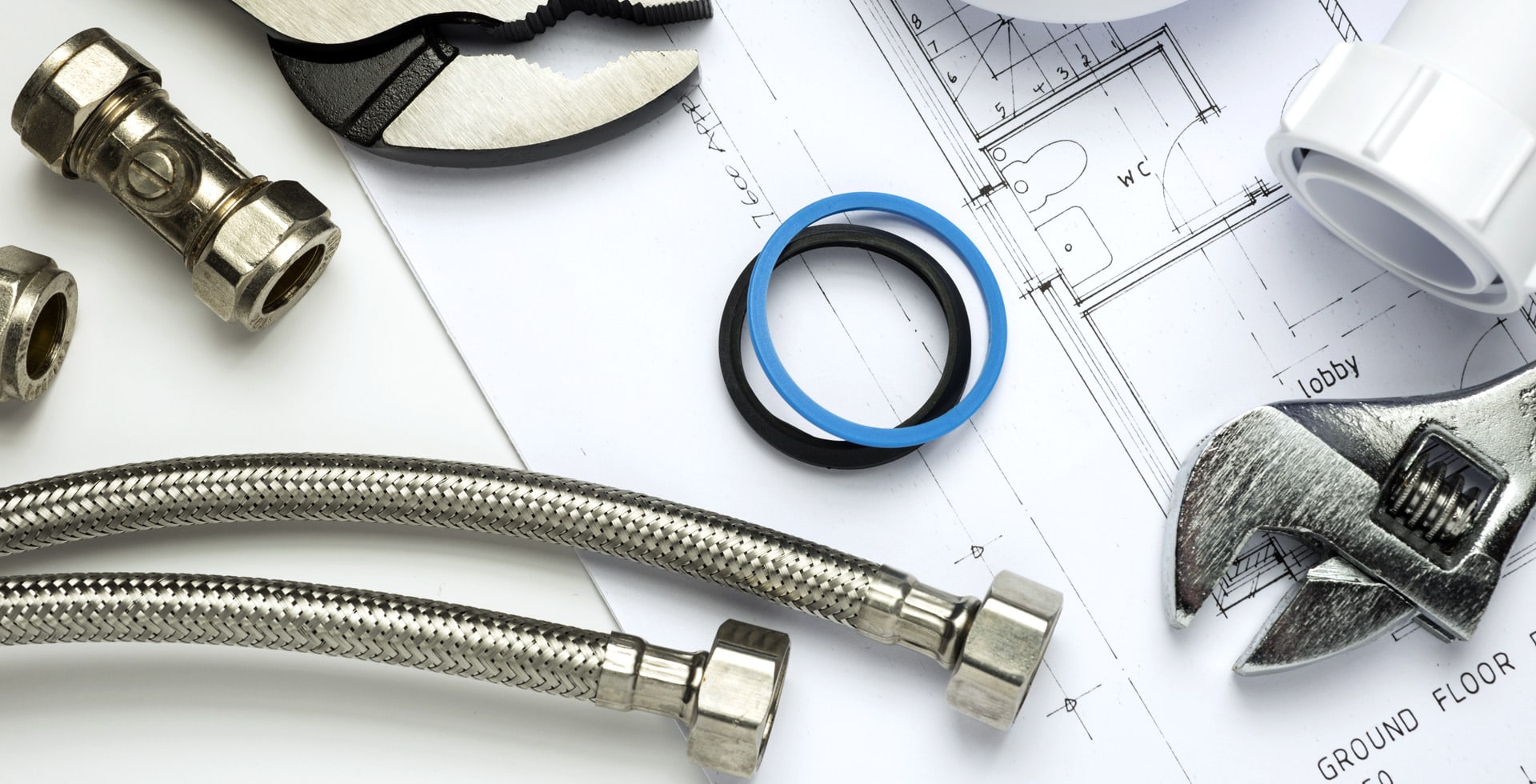“`html
How Weather Damage Shows Up During Chimney Inspections
Your chimney plays a vital role in venting smoke and gases from your fireplace or heating system. However, it is also continuously exposed to the elements, which can lead to significant weather-related damage over time. Regular chimney inspections are essential for identifying these damages before they become severe. In this article, we will discuss how various weather conditions can affect your chimney and what inspectors look for during their evaluations.
The Impact of Moisture on Chimneys
Moisture is one of the leading causes of chimney damage, especially in areas that experience heavy rainfall or snowfall. Over time, water can infiltrate the chimney structure, leading to a range of problems.
- Brick and Mortar Damage: Water can seep into the bricks and mortar joints, causing them to deteriorate. When water freezes inside these materials during cold weather, it expands, resulting in cracks and spalling.
- Efflorescence: This phenomenon occurs when water evaporates from the chimney’s surface, leaving behind white mineral deposits. Although it may seem cosmetic, efflorescence can indicate that moisture is being trapped, which can lead to more significant issues.
- Corrosion of Metal Components: If your chimney has metal flue liners or caps, moisture can cause rust and corrosion, weakening these essential structures.
Wind Damage and Chimney Stability
High winds can exert pressure on chimneys, particularly if they are taller than the roofline. This can lead to several issues:
- Structural Integrity: Repeated wind exposure can create stress fractures in the chimney, especially in brick or masonry chimneys.
- Tile and Cap Damage: If the chimney doesn’t have a protective cap, wind can dislodge tiles or caps, exposing the chimney to further water intrusion.
- Pointing Issues: Wind can erode the mortar joints that hold the bricks together, necessitating repointing to restore stability.
Snow and Ice Accumulation Effects
Winter weather brings challenges, especially when snow and ice accumulate on your chimney. Here are some common issues related to snow and ice:
- Ice Dams: These can occur when melting snow on the roof refreezes at the edges, potentially leading to water backup that can seep into the chimney.
- Weight Stress: Heavy snowfall can put undue stress on the chimney structure, potentially leading to cracking or collapse.
- Increased Moisture Levels: As snow melts, it can introduce excess moisture into the chimney, increasing the risk of water damage.
Understanding Temperature Fluctuations
Rapid temperature changes can also contribute to chimney degradation. Fluctuating conditions can cause materials to expand and contract, leading to:
- Cracking: Sudden temperature drops can lead to cracks in the mortar and bricks, compromising structural integrity.
- Deterioration of Flue Liners: Ceramic and metal liners are susceptible to thermal shock, which can cause warping or cracking.
Signs of Weather Damage During a Chimney Inspection
When a professional conducts a chimney inspection, there are specific signs of weather damage they will look for:
- Cracked or Missing Bricks: Inspectors will check for visible damage to the chimney’s masonry.
- Flaked or Crumbling Mortar: Signs of deterioration in the mortar joints are crucial indicators of weather damage.
- Rust or Corrosion: Metal components like caps and liners will be assessed for signs of rust.
- Water Staining: Moisture stains on the chimney or surrounding areas can indicate underlying issues.
- Missing or Damaged Caps: Inspectors will check for proper functioning and structural soundness of chimney caps.
Preventive Measures for Weather-Related Chimney Damage
Taking proactive steps can significantly reduce the risk of weather damage to your chimney. Consider the following measures:
- Regular Inspections: Schedule at least one professional inspection per year, particularly before winter.
- Waterproofing: Applying a waterproof sealant can prevent moisture intrusion.
- Ensure Proper Cap Installation: A well-fitted cap can protect against rain, snow, and high winds.
- Routine Maintenance: Addressing small repairs promptly can prevent larger, costlier issues later.
Conclusion
Understanding how weather damage manifests during chimney inspections is essential for the longevity of your chimney. Regular assessments can help identify issues before they escalate, ensuring that your chimney remains safe and functional. Whether facing moisture from rain, disruption from wind, or stress from snow and ice, being proactive will significantly enhance your chimney’s life span and efficiency. Don’t wait for problems to arise—schedule a chimney inspection today and protect your home from weather-related issues.
“`

